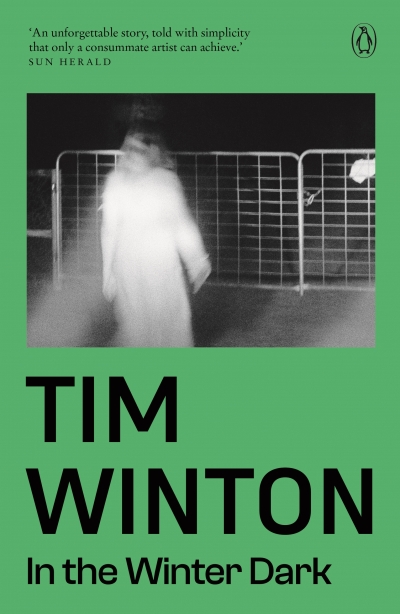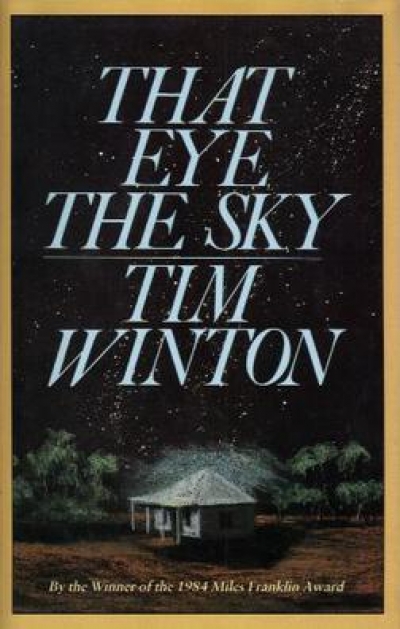McPhee Gribble
Staining the Wattle: A people’s history of Australia since 1788 edited by Verity Burgmann and Jenny Lee
by Robert Manne •
La Mama: The story of a theatre by Liz Jones, Betty Burstall, and Helen Garner
by Bill Garner •
Making a Life edited by Verity Burgmann and Jenny Lee & Constructing a Culture edited by Verity Burgmann and Jenny Lee
by Peter Spearritt •
The Three Miss Kings by Ada Cambridge & The Invaluable Mystery by Leshia Harford
by Helen Thomson •
The Woodpecker Toy Fact and Other Stories by Carmel Bird
by Christina Thompson •









